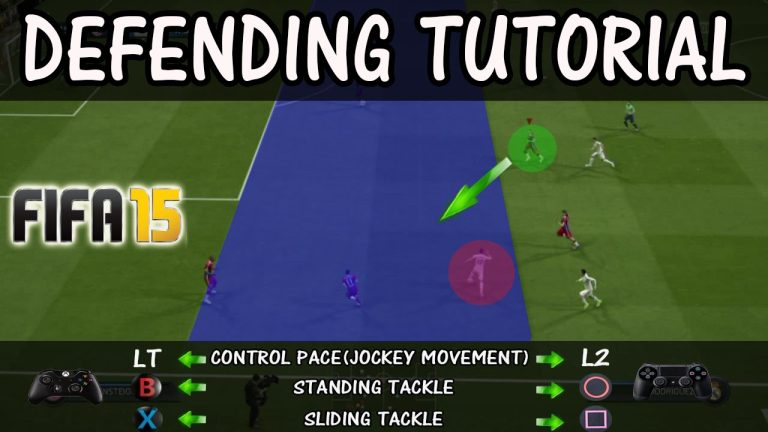
In the dynamic world of volleyball, the setter plays a pivotal role in orchestrating the team’s offense and making split-second decisions on the court. In the widely used 6-2 system, the setter takes on additional responsibilities, seamlessly transitioning between setting and hitting positions. This article delves into the essential duties of a setter in the 6-2 system, shedding light on their ability to create scoring opportunities, maintain team chemistry, and ultimately lead their squad to victory.
How can a setter execute a 6-2?
Running a 6-2 as a setter involves a strategic rotation of players to maximize the team’s offensive efficiency. With a specialist setter in the back row and a specialist opposite attacker in the front row, the team begins the game. As the setter moves to the frontcourt, she is substituted by a front-row opposite attacker, ensuring a seamless transition. Similarly, when the opposite attacker rotates to the backcourt, she is replaced by a back-row setter. This rotation allows for a balanced distribution of skills and positions, enabling the team to effectively execute plays and maintain a strong offensive presence throughout the game.
How many players are responsible for setting in a 6-2 system?
In a 6-2 system, there are two setters utilized throughout the game. This offensive strategy involves a total of six hitters and allows for greater flexibility as the two setters alternate based on their positions in the rotation. The 6-2 system is a popular choice in volleyball due to its ability to maximize offensive options and create a dynamic playing style.
What actions are within the setter’s capabilities in volleyball?
In the fast-paced game of volleyball, the setter takes on a crucial role as the conductor of the team’s offense. With lightning-fast reflexes and exceptional communication skills, the setter is responsible for receiving the second touch and setting it up perfectly for the opposite or outside hitter. Their role is not only to distribute the ball efficiently but also to make split-second decisions that can change the course of the match.
A setter’s ability to effectively communicate with their teammates is paramount. They must be able to read the game and anticipate the movements of their hitters, ensuring that the ball is delivered precisely where it needs to be. This requires not only strong verbal communication but also non-verbal cues and an innate understanding of their team’s dynamics. A setter’s communication skills can greatly impact the team’s performance and contribute to a seamless and efficient offense.
In addition to communication, a setter must possess the ability to make quick decisions under pressure. With the opposing team constantly trying to disrupt their plays, the setter must remain calm, composed, and decisive. They must assess the situation in an instant, determining the best course of action to maximize their team’s scoring opportunities. The setter’s mental agility and ability to adapt to changing circumstances are vital in maintaining a competitive edge in the game of volleyball.
Mastering the Setter Position: Unraveling the Secrets of the 6-2 System
Mastering the art of setting is crucial in the game of volleyball. The setter position plays a pivotal role in unraveling the secrets of the 6-2 system. With swift and precise hand movements, a skilled setter can orchestrate the offense, dictating the flow of the game. Their ability to read the defense, anticipate the opponents’ moves, and deliver accurate sets is what sets them apart. The setter must possess exceptional communication skills, seamlessly connecting with their teammates to execute powerful attacks. Mastering the setter position is like unraveling a hidden treasure trove of strategies, enabling teams to dominate the court with finesse and precision.
Unlocking the secrets of the 6-2 system requires a deep understanding of the setter’s role. This system involves having two setters on the court, allowing for flexibility and versatility in offensive plays. The setters rotate between the front and back row, giving the team multiple attacking options. With a well-executed 6-2 system, hitters can approach the net with confidence, knowing that a perfectly timed set will be waiting for them. This system demands synchronization and impeccable timing from the setters, as they must adjust their positioning and decision-making based on the game’s dynamics. Mastering the setter position within the 6-2 system empowers teams to create a dynamic and unpredictable offense, leaving their opponents struggling to keep up.
Setting the Stage: A Comprehensive Overview of Setter Responsibilities in the 6-2 System
Setting the stage for success in the 6-2 system requires a comprehensive understanding of setter responsibilities. As the linchpin of the team, the setter must possess impeccable communication skills and a keen ability to read the game. Their primary responsibility is to set up their teammates for successful attacks, carefully analyzing the opposing team’s defense to make split-second decisions. Additionally, setters must be adept at running offensive plays, utilizing quick sets, backsets, and shoots to keep the opposing team guessing. With their ability to control the tempo of the game, setters play a critical role in determining the outcome of each play, making their responsibilities in the 6-2 system vital for a team’s success.
In order to excel in the 6-2 system, setters must possess exceptional decision-making skills and a strong understanding of the game. They must act as the team’s strategist, constantly assessing the opposing team’s strengths and weaknesses to exploit any opportunities. Furthermore, setters must be adaptable and quick-thinking, adjusting their sets based on the positioning and readiness of their hitters. Their ability to effectively communicate with their teammates is also crucial, as they must provide clear and concise instructions for each play. Ultimately, in the 6-2 system, setters have the power to elevate their team’s performance by orchestrating seamless attacks and creating scoring opportunities.
Setting Like a Pro: Essential Tips and Techniques for Setters in the 6-2 System
Setting Like a Pro: Essential Tips and Techniques for Setters in the 6-2 System
Mastering the art of setting is crucial for any setter in the 6-2 system. With its unique demands and responsibilities, setters need to excel in their skills to set their team up for success. The key to setting like a pro lies in a combination of technical precision, strategic decision-making, and effective communication. Setters must perfect their footwork, hand placement, and timing to deliver accurate and consistent sets. They must also possess a deep understanding of the game, anticipating the flow of play and making split-second decisions to provide their hitters with the best possible opportunities. Additionally, strong communication with teammates is essential, as setters must effectively convey their intentions and adjust to the dynamic nature of the game. By honing these skills, setters can elevate their performance and become invaluable assets to their team in the 6-2 system.
Decoding the Setter Code: A Step-by-Step Guide to Excelling in the 6-2 System
Decoding the Setter Code: A Step-by-Step Guide to Excelling in the 6-2 System
Mastering the art of setting in the 6-2 system is no easy feat, but with this step-by-step guide, you’ll be one step closer to becoming a setter extraordinaire. First, focus on perfecting your footwork. Quick and precise foot movements are crucial in effectively setting the ball to your hitters. Next, develop your communication skills. As the setter, you are the quarterback of the team, directing plays and calling shots. Clear and concise communication with your teammates will ensure a seamless connection and successful plays. With these foundational skills in place, you’ll be well on your way to excelling in the 6-2 system.
Unlocking the secrets of the setter code in the 6-2 system requires a keen understanding of timing and anticipation. Stay one step ahead of the game by anticipating the movements of your hitters and adjusting your sets accordingly. Additionally, develop a strong bond with your hitters. Building trust and chemistry on the court will enhance your ability to deliver accurate and effective sets. Finally, embrace the power of versatility. In the 6-2 system, you have the unique advantage of being both a setter and a hitter. Utilize this flexibility to surprise your opponents with unexpected attacks and keep them guessing. By following these steps, you’ll be well-equipped to excel as a setter in the dynamic 6-2 system.
In the 6-2 system, the setter shoulders a multitude of responsibilities crucial to the team’s success. From orchestrating the offense to making split-second decisions, this player is the linchpin that keeps the team in sync. With their ability to distribute the ball effectively and outwit the opposition, the setter’s role is undeniably pivotal. Their leadership, adaptability, and strategic mindset elevate the entire team’s performance, making them an indispensable asset on the court. As the unsung hero of the 6-2 system, the setter’s impact extends far beyond their position, leaving an indelible mark on the game.







